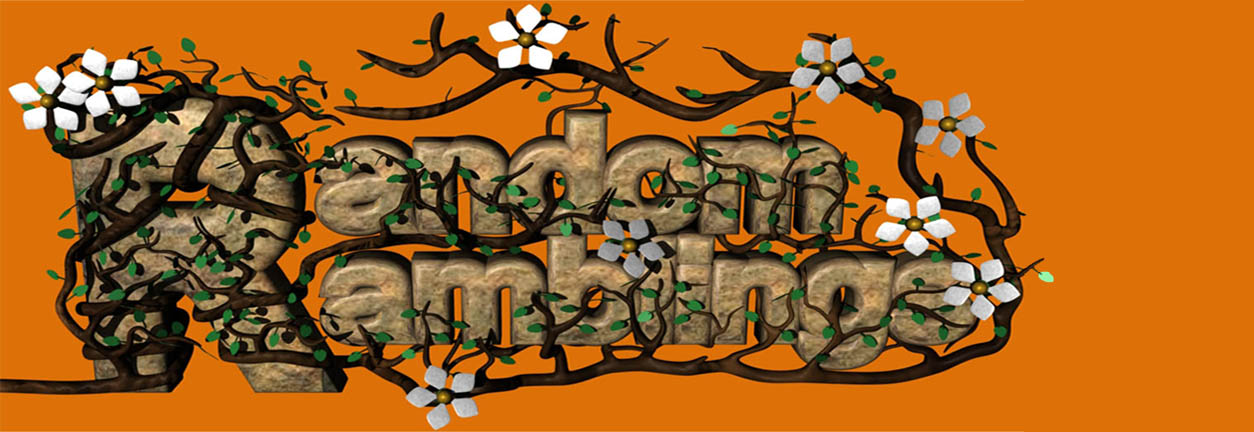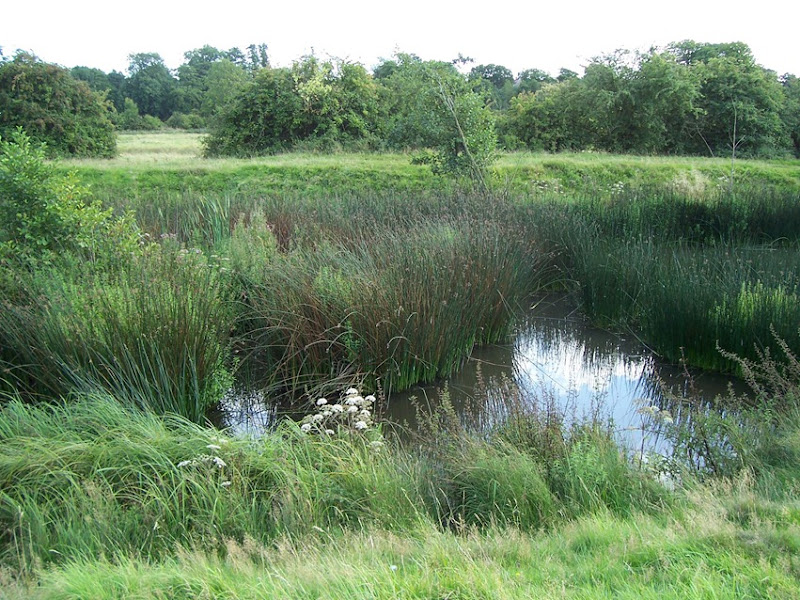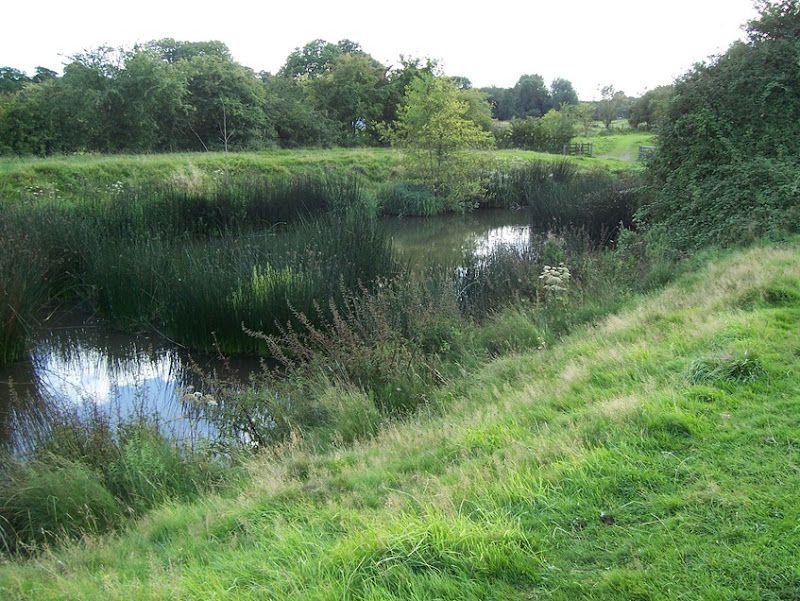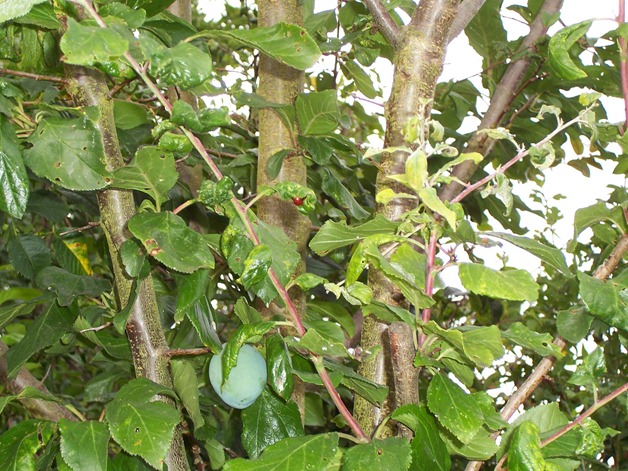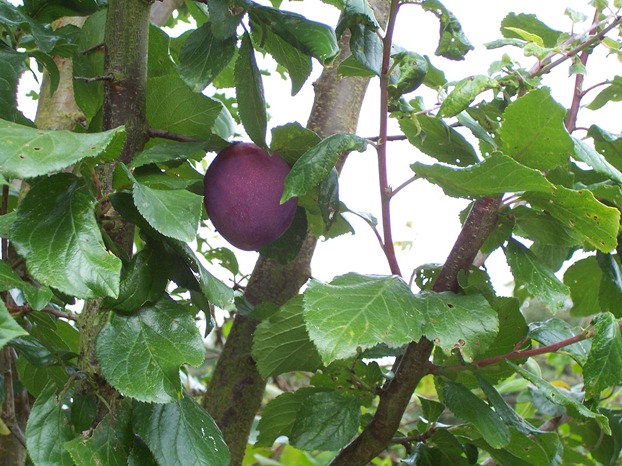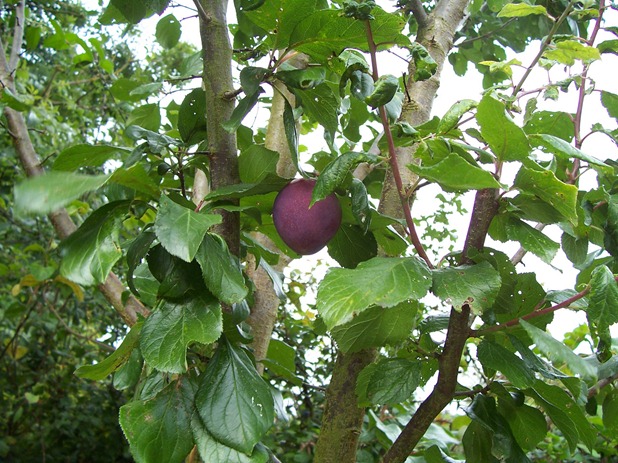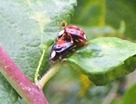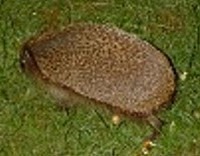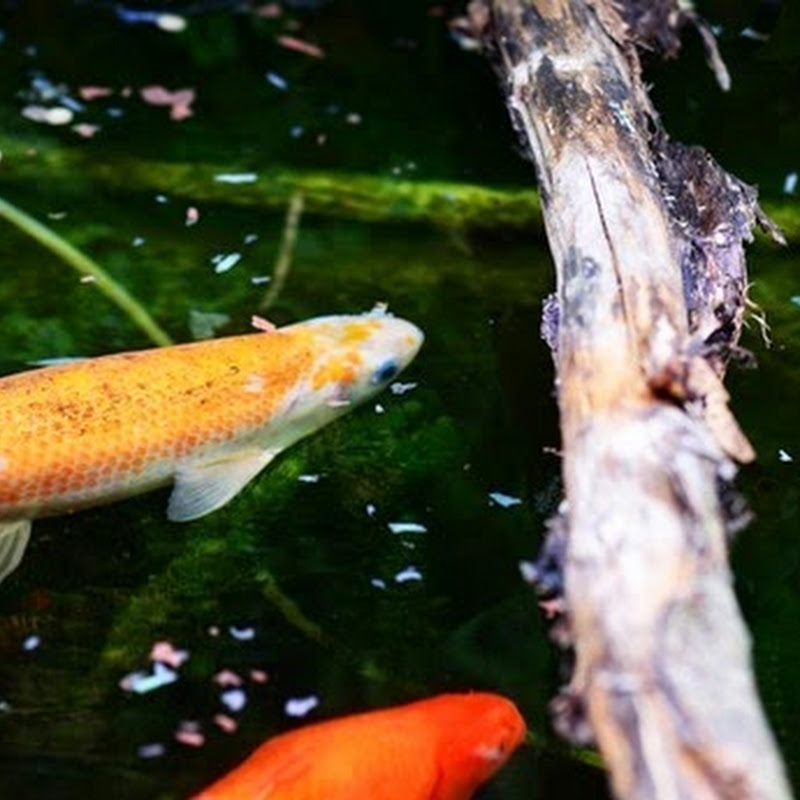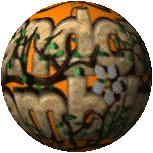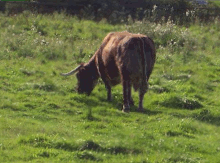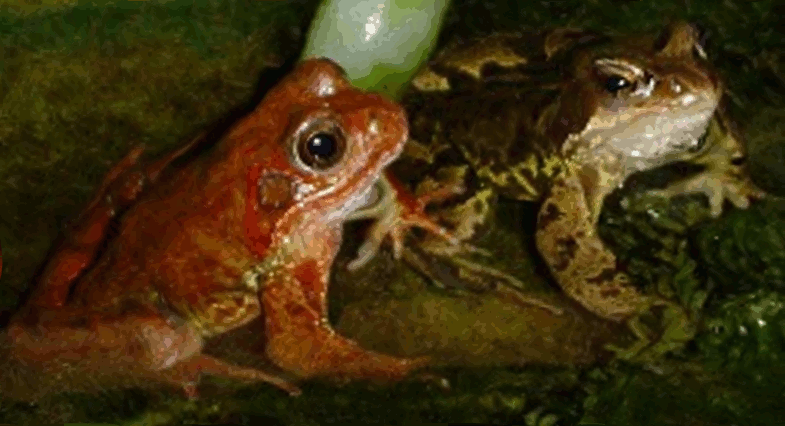I have always lived in Worcestershire and although it may not fall into the description in a dictionary as paradise, I still think that there are very few places in the world that could ever come close to its beautiful lushness. Most of the year it is green. Whether the weather is cool, damp, wet, misty, dry, hazy or humid the land of this county envelops the senses. There are so many places that hardly change with each and every Century that when your feet softly plod on the bouncy long turf you could be walking in the Twenty-First Century or the First Century. It is possible to walk for miles without encountering another soul.
Green, green Worcestershire … so peaceful, so green and unspoilt as the years come and go – paradise!
To walk in the most beautiful county in England … click here … Worcestershire
